Traditional Chinese Medicine: Sharing Knowledge, Celebrating Scientific Strides
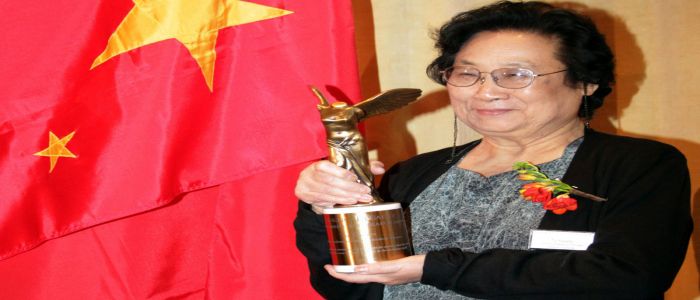
The medical practice is today acknowledged as a viable complement to orthodox medicine.
Traditional Chinese Medicine, TCM, which is made up of acupuncture, medicinal plants, tree barks and massage, was founded about 20,000 years ago. Today, it is practised in over 100 countries. The Chinese capital, Beijing, with a population of 23 million, boasts 182 TCM hospitals and 608 clinics. Addressing TCM experts at the Beijing University of Chinese Medicine on May 11, 2017, Chen Mingming, Chairman of the International Cooperation Branch of the China Medical Association of Minorities, understood the strides of this medical practice.
“Through the use of orthodox medicine and TCM, average life expectancy in China now stands at 76 years,” Mingming explained. He noted that Western medicine was only introduced in China 100 years ago. But the people have depended on TCM since 20,000 years. Acupuncture has evolved in China from when ancient people employed sharp stones to the modern use of needles, acupressure, classical manual acupuncture, electro-acupuncture and the Transcutaneous Electrical Acupoint Stimulation, TEAS device. It was invented in 1985 by Prof. Ji-Sheng Han of Peking University. The fifth version, the Han’s Acupuncture Nerve Stimulator, HANS, was produced this year. It treats disorders such as pain, narcotic addiction, infertility and autism.
A member of the Chinese Academy of Sciences, Prof. Han began studying acupuncture in 1965. He developed the neuro-chemical theory of acupuncture therapy and today boasts several international awards, 400 scientific articles, over 9,000 citations, patented technology and multiple clinical applications. Prof. Tong Xiao...
Cet article complet est réservé aux abonnés
Déjà abonné ? Identifiez-vous >
Accédez en illimité à Cameroon Tribune Digital à partir de 26250 FCFA
Je M'abonne1 minute suffit pour vous abonner à Cameroon Tribune Digital !
- Votre numéro spécial cameroon-tribune en version numérique
- Des encarts
- Des appels d'offres exclusives
- D'avant-première (accès 24h avant la publication)
- Des éditions consultables sur tous supports (smartphone, tablettes, PC)






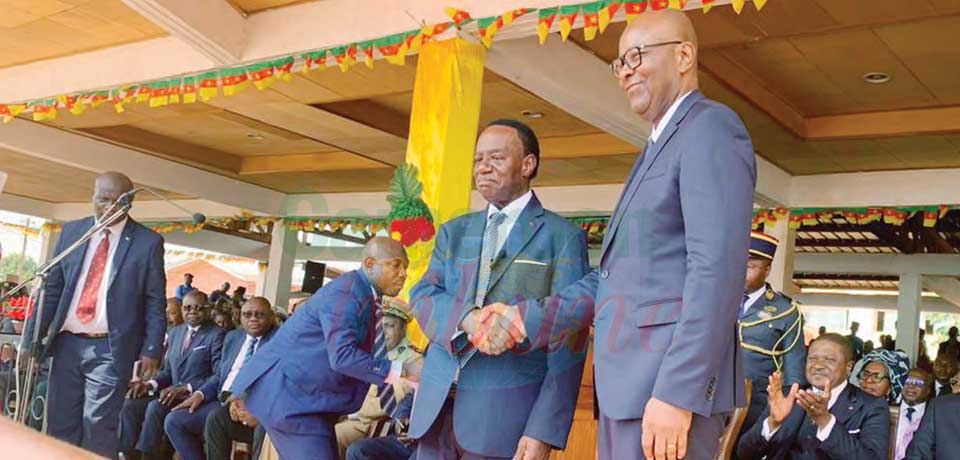

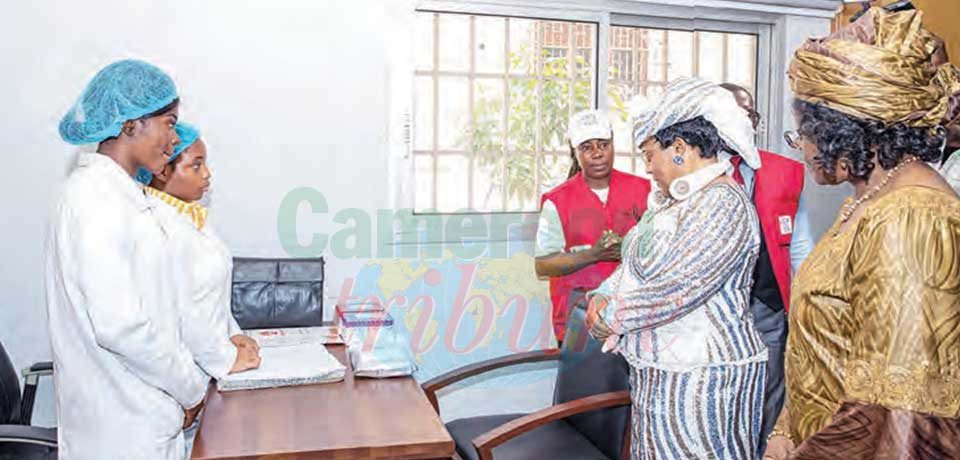
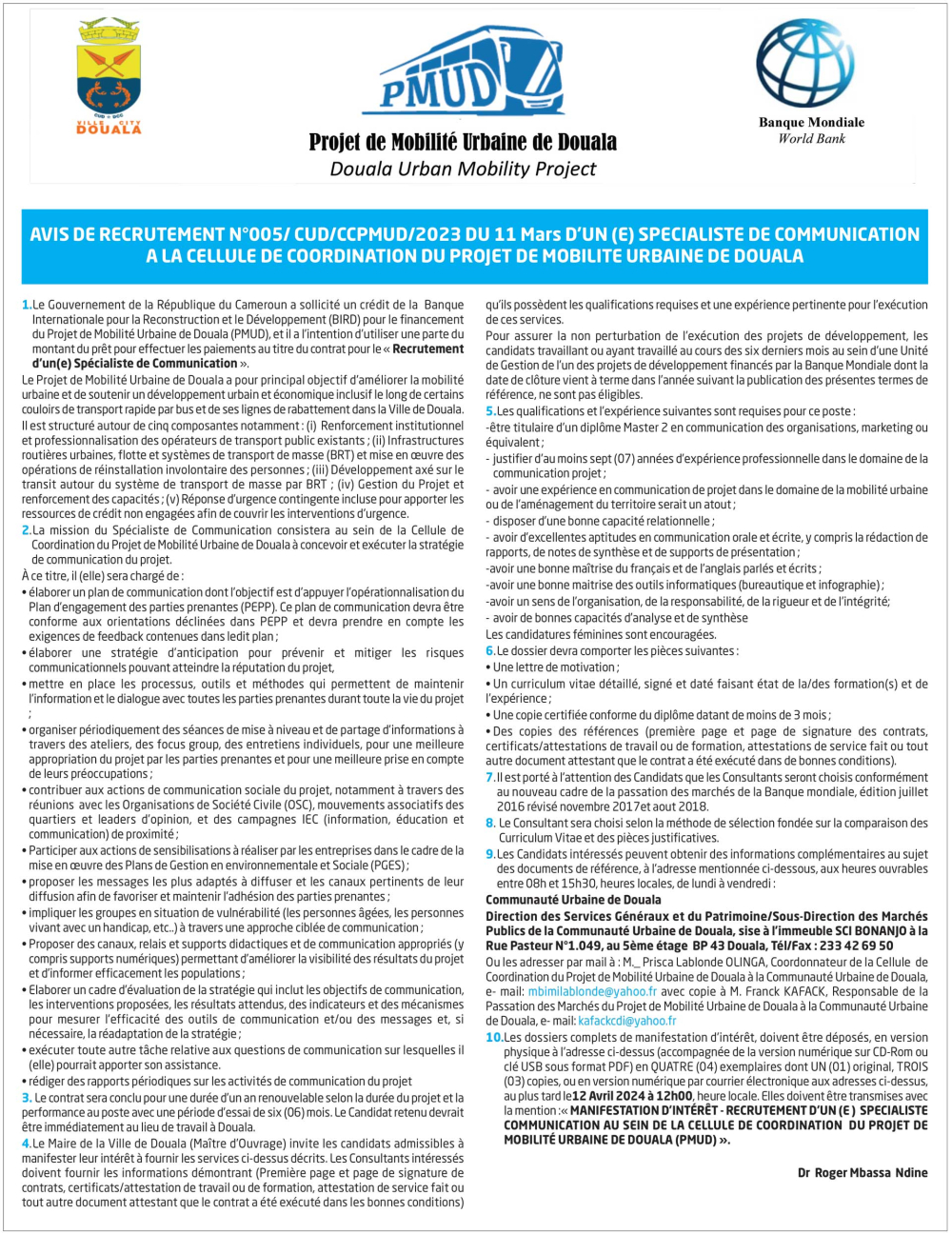
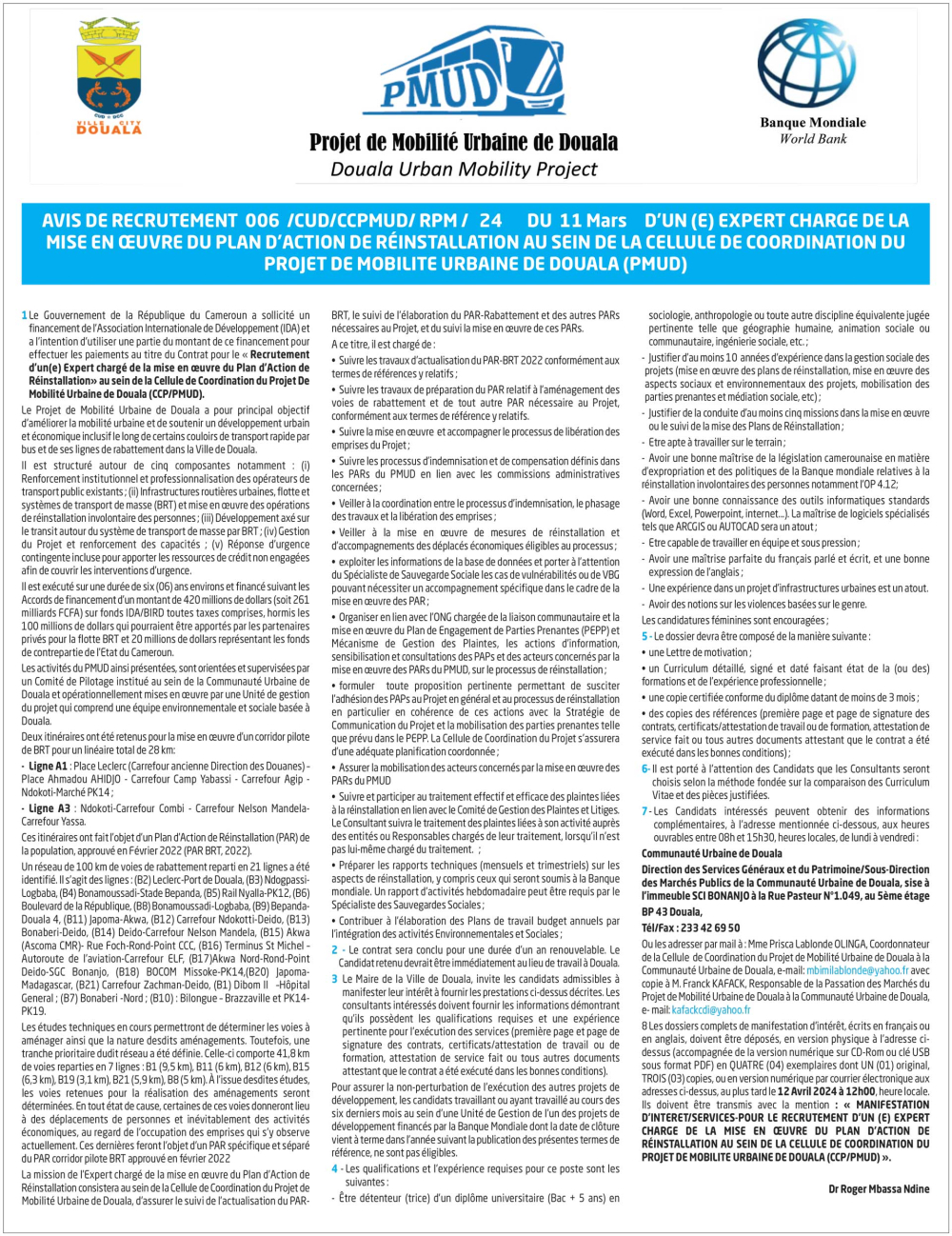





Commentaires